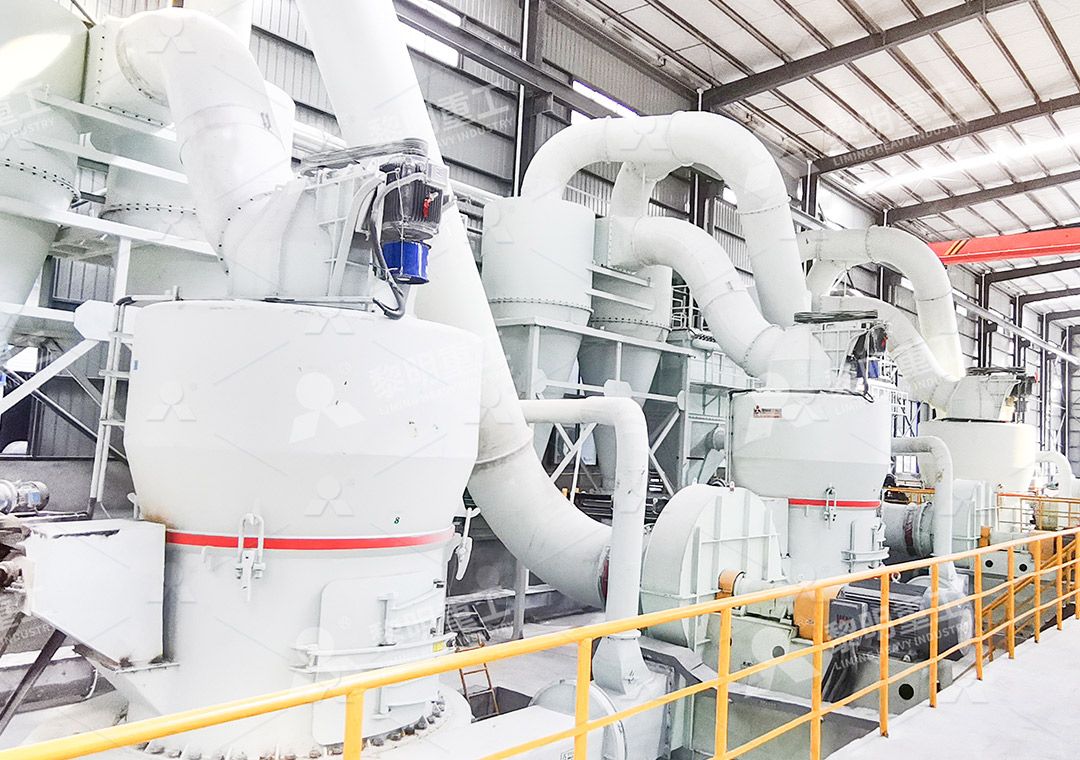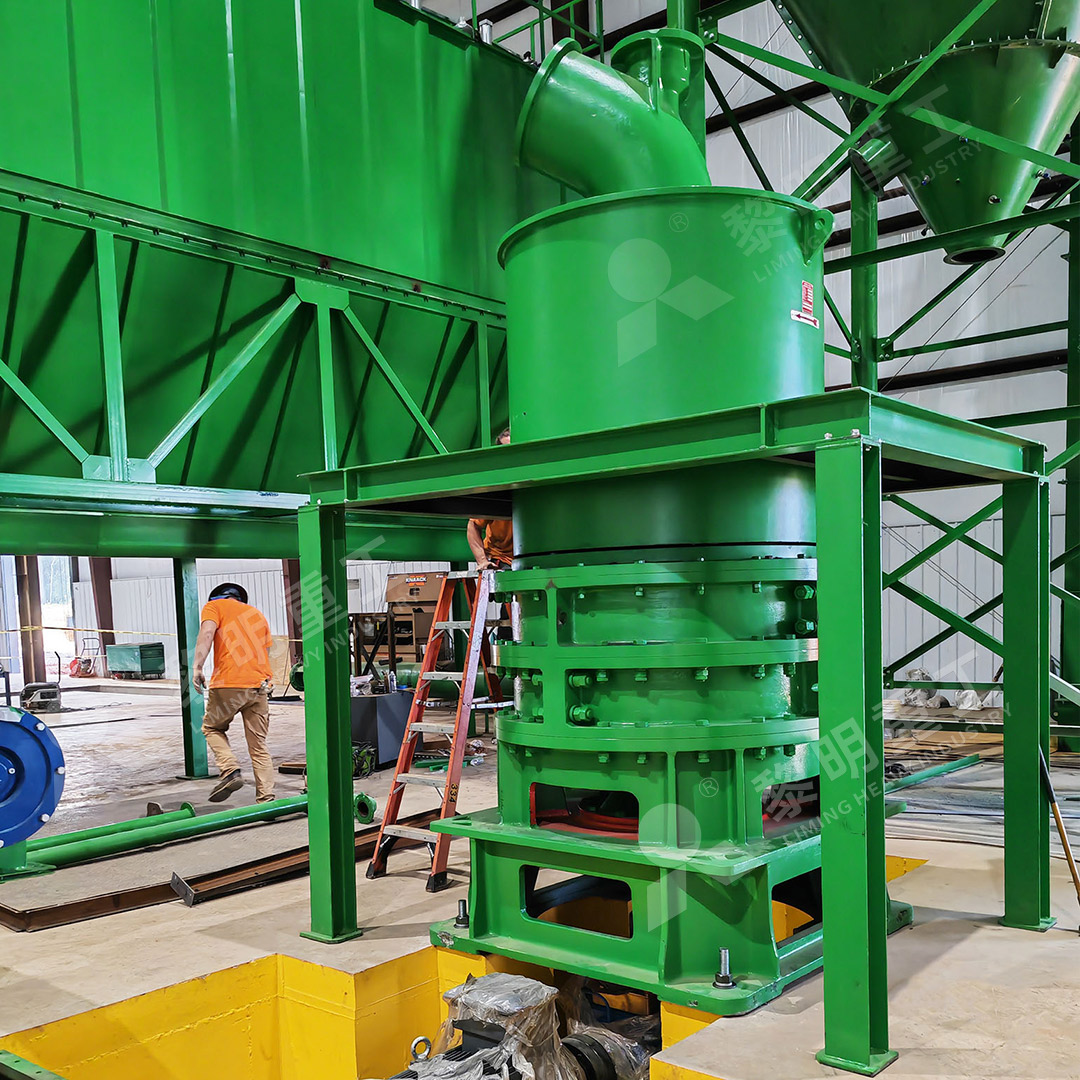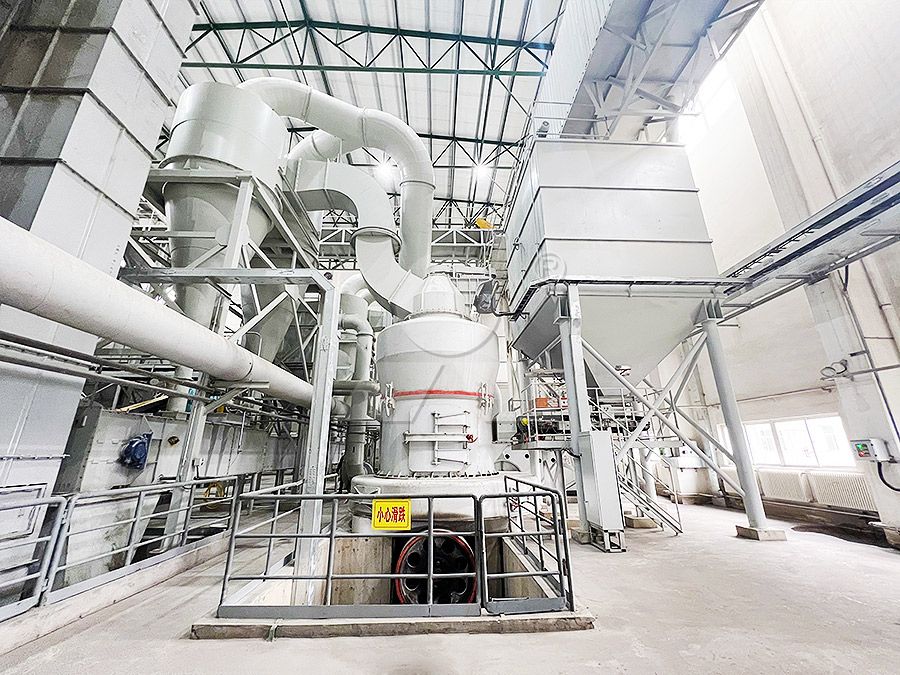High Capacity Raymond Mill for Large Scale Industrial Grinding Operations
Meeting the Demands of Modern Industrial Grinding
In today’s competitive industrial landscape, manufacturers face increasing pressure to optimize their grinding operations for both efficiency and output. Traditional grinding solutions often fall short when dealing with the massive throughput requirements of large-scale production facilities. The need for reliable, high-capacity grinding equipment has never been more critical.
Modern industrial grinding operations require machinery that can handle substantial material volumes while maintaining consistent particle size distribution and operational stability. The challenges extend beyond mere capacity – today’s operations demand energy efficiency, minimal environmental impact, and reduced maintenance downtime.

The Evolution of High-Capacity Grinding Technology
Traditional Raymond mill technology has served industries well for decades, but contemporary manufacturing demands have pushed engineers to develop more advanced solutions. The latest generation of grinding mills incorporates sophisticated engineering principles that maximize throughput while minimizing energy consumption and operational costs.
One standout solution that has proven particularly effective for large-scale operations is the MW Ultrafine Grinding Mill. This advanced system represents a significant leap forward in grinding technology, offering capacities ranging from 0.5 to 25 tons per hour with input sizes up to 20mm. What makes this equipment particularly valuable for industrial applications is its ability to produce ultra-fine powder between 325-2500 meshes while incorporating efficient dust collection and noise reduction systems.
Key Considerations for Large-Scale Grinding Operations
When selecting grinding equipment for industrial-scale operations, several factors demand careful consideration. Production capacity requirements must align with both current needs and future expansion plans. The physical characteristics of processed materials – including hardness, moisture content, and abrasiveness – significantly impact equipment selection.
Operational efficiency extends beyond mere throughput metrics. Energy consumption represents a substantial portion of operating costs in grinding operations. Advanced systems like the MW Ultrafine Grinding Mill address this concern through innovative design features that enhance grinding efficiency while reducing power requirements. The system’s energy consumption is approximately 30% of comparable jet grinding mills, representing significant cost savings over the equipment’s operational lifespan.

Advanced Features for Industrial Applications
The engineering behind modern high-capacity grinding mills incorporates several innovative features specifically designed for demanding industrial environments. The absence of rolling bearings and screws within the grinding chamber of the MW Ultrafine Grinding Mill eliminates common failure points, reducing maintenance requirements and unexpected downtime.
Environmental considerations have become increasingly important in industrial operations. Modern grinding systems address these concerns through integrated pulse dust collectors that effectively contain particulate matter during operation. Combined with silencer systems and noise elimination rooms, these features ensure compliance with stringent environmental regulations while maintaining worker safety and comfort.
For operations requiring even greater flexibility, the LUM Ultrafine Vertical Grinding Mill presents another compelling option. With its advanced grinding roller technology and German powder separating technology, this system offers capacities from 5 to 18 tph and handles input sizes up to 10mm. Its unique roller shell and lining plate grinding curve design facilitates easier material layer generation, enabling high rates of finished products through single-pass powder milling.
Maximizing Operational Uptime
In large-scale industrial operations, equipment reliability directly impacts profitability. Modern grinding mills incorporate design features specifically aimed at maximizing operational uptime. External lubrication systems allow for maintenance without shutdowns, enabling continuous 24-hour production cycles. Digital monitoring and control systems provide real-time operational data, allowing for proactive maintenance scheduling and rapid troubleshooting.
The precision manufacturing of core components through numerically controlled machining processes ensures consistent performance and extended service life. This attention to manufacturing detail, combined with comprehensive spare parts support, provides operations managers with the confidence that their grinding equipment will perform reliably under demanding production schedules.

Future-Proofing Your Grinding Operations
As industrial requirements continue to evolve, selecting grinding equipment with scalability and adaptability becomes increasingly important. The modular design of advanced grinding systems allows for future upgrades and modifications as production needs change. The precision control systems enable fine-tuning of operational parameters to accommodate new materials or changed product specifications.
Investing in high-capacity grinding technology represents a strategic decision that impacts multiple aspects of industrial operations. Beyond the immediate benefits of increased throughput and reduced energy consumption, advanced grinding systems contribute to product quality consistency, environmental compliance, and long-term operational stability.
Frequently Asked Questions
What is the typical maintenance schedule for high-capacity grinding mills?
Modern grinding mills are designed for minimal maintenance requirements. Routine inspections should be conducted monthly, with comprehensive maintenance scheduled annually. The absence of internal rolling bearings and screws in systems like the MW Ultrafine Grinding Mill significantly reduces maintenance needs compared to traditional designs.
How does the MW Ultrafine Grinding Mill achieve its energy efficiency?
The energy efficiency stems from newly designed grinding curves of the grinding roller and ring, which enhance grinding efficiency. Additionally, the system’s optimized airflow and separation technologies reduce resistance and power consumption. Compared to traditional jet grinding mills, the MW system consumes approximately 30% of the energy for equivalent output.
What materials can be processed using these high-capacity grinding systems?
These systems handle a wide range of materials including limestone, calcite, dolomite, petroleum coal, gypsum, barite, marble, talc, and various chemical industry materials. The specific application capabilities vary by model, with some systems specialized for particular material characteristics.
How does the fineness adjustment work on modern grinding mills?
Advanced systems feature cage-type powder selectors with German technology that precisely control particle separation. The multi-head cage-type powder selector can be configured according to specific yield, fineness, and sieving rate requirements, allowing fineness adjustment between 325-2500 meshes.
What environmental protections are incorporated into these systems?
Modern grinding mills include efficient pulse dust collectors that prevent dust pollution during operation. Silencer systems and noise elimination rooms reduce operational noise, ensuring compliance with environmental standards. The entire production process is designed according to national environmental protection requirements.
